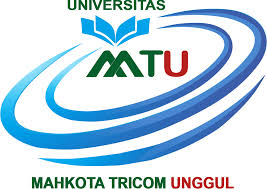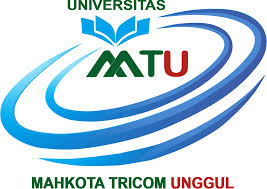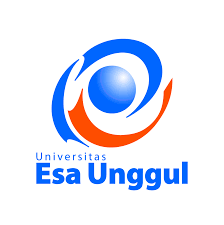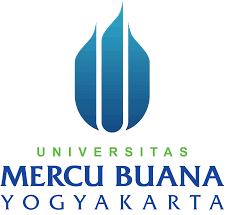Driving Innovation in the Defense Sector: Unlocking the Power of Industry, Academia, and Government Collaboration
DOI:
https://doi.org/10.55927/fjmr.v4i2.48Keywords:
Triple Helix, Defense Industry, InnovationAbstract
The defense industry plays a critical role in enhancing national security and sovereignty. This study examines the effectiveness of triple helix collaboration—academia, industry, and government—in fostering innovation, technology transfer, and sustainable defense industry development. Using a qualitative approach and secondary data analysis, this research highlights successful global and national collaboration models, identifies challenges in implementation, and explores solutions for overcoming these barriers. The findings demonstrate that effective collaboration drives technological independence, increases competitiveness, and strengthens national defense capabilities. Recommendations include enhancing regulatory frameworks, improving coordination among stakeholders, and fostering innovation ecosystems tailored to defense sector needs. This study contributes to understanding the dynamics of collaboration for advancing defense industry innovation and competitiveness.
References
Akimkina, D., Khrustalev, Е., Baranova, N., & Loginova, D. (2021). Technology transfer of the military-industrial complex as a factor in increasing the science intensity of the civilian industry. SHS Web of Conferences, 114, 01027. https://doi.org/10.1051/shsconf/202111401027
Armandha, S. T., Sumari, A. D. W., & Rahmadi, H. B. (2016). Ekonomi Politik Kerja Sama Korea Selatan-Indonesia dalam Joint Development Pesawat Tempur KFX/IFX. Global & Strategis, 10(1), 74-94.
Azhar, M., & Wibowo, A. (2020). Kolaborasi Triple Helix dalam Meningkatkan Daya Saing Nasional. Jurnal Ekonomi dan Kebijakan Publik, 11(1), 1-12.
Chesbrough, H. (2003). Open Innovation: The New Imperative for Creating and Profiting from Technology. Harvard Business Press.
Da Silva, L. E., Karabag, S. F., & Berggren, C. (2017). Collaboration in international technology transfer: The role of knowledge boundaries and boundary objects. Journal of Technology Transfer, 42(5), 1105–1133.
Etzkowitz, H., & Leydesdorff, L. (2000). The Dynamics of Innovation: From National Systems and “Mode 2” to a Triple Helix of University-Industry-Government Relations. Research Policy, 29(2), 109-123.
Hidayaturahmi, H., & Farida, S. (2022). Pembinaan Industri Pertahanan dan Keamanan: Sebuah Tinjauan Konteks dan Konten Kebijakan. Jurnal Pembangunan dan Administrasi Publik.
Kuswanto, H., Lazuardi, R., & Al Amin, M. (2022). Peran dan Kebijakan Industri Pertahanan di Indonesia: Sebuah Studi Observatif. JIIP-Jurnal Ilmiah Ilmu Pendidikan, 5(9), 3537-3543.
Matthews, R., & Al-Saadi, R. (2023). Organisational complexity of the Eurofighter Typhoon collaborative supply chain. Defence and Peace Economics, 34(2), 228-243.
Sezal, M. A., & Giumelli, F. (2022). Technology transfer and defence sector dynamics: The case of the Netherlands. European Security, 31(4), 558-575.
Downloads
Published
Issue
Section
License
Copyright (c) 2025 Airwan Haryadi, Edy Sulistyadi, Novky Asmoro

This work is licensed under a Creative Commons Attribution 4.0 International License.

































